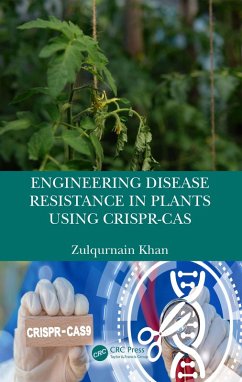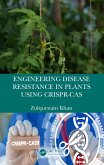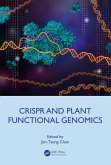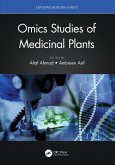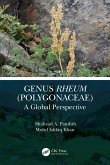Comprehensively written, the author details all types and variants of the CRISPR toolkit. The book opens with information on the evolution of the CRISPR technology and follows a chronology of its development. Although the book concentrates on the use of CRISPR-Cas for disease resistance in plants, it also covers the technology's broader potential examining the history and development of other genome-editing tools.
Key Features:
- Investigates the regulatory, ethical, and societal considerations while designing experiments.
- Discusses topics on disease development, control, and plant defense mechanisms.
- Examines genome-editing tools including Zinc Finger Nucleases (ZFNs) and Transcription Activator-Like Effector Nucleases (TALENs).
- Examines production technology to reduce bacterial, fungal, and viral diseases.
- Provides information for users to discover ways to overcome the challenges associated with food security.
This book is a valuable resource for researchers, scientists, and undergraduate and graduate students who wish to gain a comprehensive understanding of genome-editing methods.
Dieser Download kann aus rechtlichen Gründen nur mit Rechnungsadresse in A, B, BG, CY, CZ, D, DK, EW, E, FIN, F, GR, HR, H, IRL, I, LT, L, LR, M, NL, PL, P, R, S, SLO, SK ausgeliefert werden.

